A cruise offering from Smithsonian Journeys and PONANT
Trace the legacy of ancient empires on an eight-day cruise between Athens and Venice, exploring numerous World Heritage sites such as Dubrovnik, Hvar, and Kotor, along the spectacular Adriatic coast.
Cruising the Dalmatian Coast and the Ionian Sea
From Venice to Athens aboard the 184-guest Le Bougainville or L'Austral
8 days from $6,160
A cruise offering from Smithsonian Journeys and PONANT
Trace the legacy of ancient empires on an eight-day cruise between Athens and Venice, exploring numerous World Heritage sites such as Dubrovnik, Hvar, and Kotor, along the spectacular Adriatic coast.
Overview
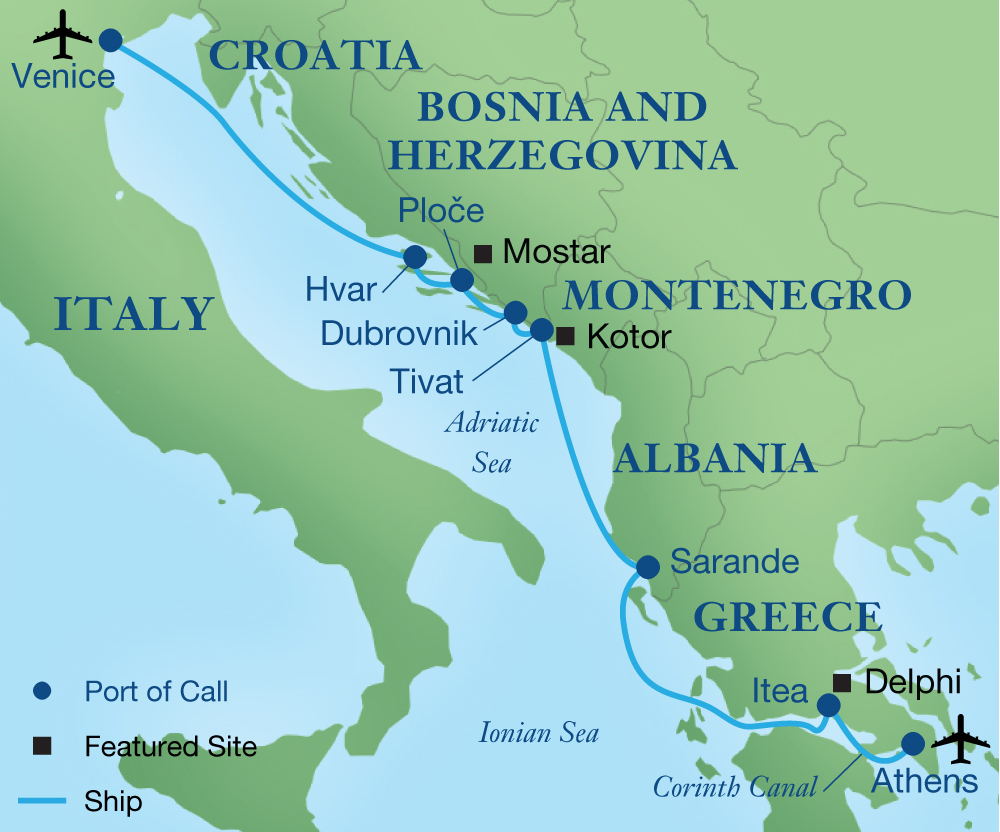
This cruise includes half day excursions, many of them walking tours that include standing and walking for extended periods of time. During the coastal cruise the ship will pull up to a pier for disembarkation via a gangway. In certain ports, the ship will be at anchor and disembarkation will be by tender. Morning and afternoon excursions off ship will include walks at archeological sites and on cobblestone streets, walkways and city hills. Stairs may not have handrails and there will be limited or no access to elevators. Some guided walks will depart directly from the pier and others will require a motor coach to reach the site. The ship does have elevators.
Appropriate for: Travelers who are physically fit, walk on cobblestone streets, and on steep or uneven paths.
To see itinerary, please click on an option below.
Itinerary
Day 1 — Venice, Italy
Arrive in legendary Venice, built on the edge of a lagoon in the 5th century. Together the city and its lagoon—which played a major role in the power and defenses of the Venetian Empire—make up a World Heritage site. Transfer to the port and embark the ship this afternoon. (D)
Day 2 — Hvar, Croatia
Since the 4th century B.C., Greeks, Romans, Byzantines, and Venetians have all left their mark on the island of Hvar. Known for its fields of rosemary, lavender, and laurel, this fertile island has produced olives and wine since the ancient Greeks. Discover Hvar on your choice of two excursions today. Step into history on a walking tour of Hvar Town with a visit to the handsome Renaissance Franciscan Monastery and its museum, the Cathedral of St. Stephan and its four-story bell tower, and the Venetian Loggia. At the Benedictine Cloister, learn about Hvar lace, crafted by local nuns out the fibers of dried agave leaves, and see their handiwork at a small museum. Your final stop is the 17th-century Arsenal, which houses Europe's oldest Municipal Theater, established in 1612 and still in use today. Alternatively, head into the island’s interior on a scenic drive to the Stari Grad Plain to Hora and the Agroturizam Pharos, where a local family is continuing the traditions of the ancient Greeks today. This working farm produces a range of organic food and wines as well as processing lavender. Take a guided tour of their lavender distillery and learn about the importance of lavender to Hvar's economy and way of life. (B,L,D)
Day 3 — Mostar, Bosnia and Herzegovina or Ston, Croatia
Dock in Ploče today and head inland to Mostar, a historic town in the mountains of Bosnia and Herzegovina. Venture into the World Heritage-listed Old Town, an Ottoman garrison town in the 16th century. Visit the mosque and a typical Turkish house, and see the storied Stari Most, a graceful Ottoman bridge that was famously destroyed during the Bosnian War. Stop for lunch at a local restaurant. Alternatively, travel to the walled town of Ston on Croatia’s Pelješac Peninsula. Take a walking tour and visit the town’s saltworks, established in the 13th century and some of the oldest in Europe. Continue to Mali Ston, the shellfish capital of Croatia. Board a local boat to see the oyster and mussel beds and taste the fresh catch. After lunch at a local restaurant, visit a local winery and sample some of the best wines of the region. (B,L,D)
Day 4 — Dubrovnik, Croatia
Magnificently positioned on a rocky spur on the Adriatic coast, the walled city of Dubrovnik is one of the best-preserved medieval cities in Europe—despite having suffered a devastating earthquake in 1667 and the ravages of many wars. Your walking tour begins on the Stradum, a wide pedestrian way lined with shops and cafés and a remarkable number of historic buildings. Venture into the exquisite cloister of the Franciscan Monastery and see the oldest pharmacy in Europe, founded in 1317 and still offering traditional salves today. Continue to the Cathedral of the Assumption, a treasure trove of reliquaries and artwork, including an altarpiece by Titian. Stroll past important cultural monuments, from Sponza Palace to the Onofrio Fountain, fed by a 15th-century aqueduct that carries potable water from a spring seven miles away. End the tour at the Gothic-Renaissance Rector's Palace, now a museum that tells the story of Dubrovnik’s days as the capital of the Republic of Ragusa, a maritime power that rivaled Venice in the late Middle Ages. Or take a short walk through Old Town, then drive along the lovely Zupa coastline to the picturesque seaside resort of Cavtat for a walking tour of the town founded by Greek settlers from Epidaurus. Continue to the Konavle region to the village of Ljuta. Visit a traditional water mill and learn its history with a demonstration of flour production. (B,L,D)
Day 5 — Kotor, Montenegro
Montenegro is one of the newest nations in the world, having gained its independence in 2006. The spectacular Bay of Kotor, deeply carved into the Montenegrin mountains, leads to the charming medieval town of Kotor, a World Heritage site known for the incredible Venetian and baroque architecture of its fortified Old Town. On a walking tour, admire 14th-century frescoes at the Romanesque Cathedral of Saint Tryphon, and explore the town’s seafaring and naval traditions at the Maritime Museum. Then take a scenic drive to Perast for a walking tour of its historic old town and a short boat ride to Our Lady of the Rocks. Alternately a full day tour includes a scenic drive towards the mountain of Lovćen to a viewpoint overlooking the World-Heritage protected Boka Bay. Continue to Cetinje, the old Royal capital and cultural center of Montenegro. After a walking tour, enjoy a lunch of traditional Montenegrin specialties. Descend the mountains to the coastal town of Budva, known for its perfectly preserved walls. End the tour in Kotor for a guided tour of the Old Town. (B,L,D)
Day 6 — Sarande and Butrint, Albania
A country the size of Maryland with a long Adriatic coast, Albania harbors no less than four World Heritage sites. These treasures were hidden from the world for much of the 20th century, during the brutal reign of communist dictator Enver Hoxha. Arrive in the port of Sarande and discover this fascinating and complex country on one of two excursions. Visit the World Heritage site of Butrint, where the vestiges of Byzantine and Venetian rule intermingle with ancient Greek and Roman ruins on a stunning peninsula. Or explore Sarande, starting with a visit to the Ottoman Lekursi Castle, built by Suleiman the Magnificent in 1537. Take in the views all the way to Corfu from the hilltop fortress, then visit a wineryfor a tasting of wine, brandy and local specialties. Continue on a walking tour of Sarande that includes the ruins of the ancient Illyrian city and its 4th-century fortifications, and the remnants of an early Christian monastery. (B,L,D)
Day 7 — Itea and Delphi, Corinth Canal, Greece
Dock in Itea, a small port tucked away in the Gulf of Corinth on mainland Greece. From here, set out on your chosen excursion to the World Heritage sites of Delphi or St. Lucas Monastery. Delphi was considered the center of the Greek world in the 6th century B.C., when Greeks of all classes flocked to this sacred ground to consult the high priestess of the Temple of Apollo on matters as routine as farming and as monumental as the declaration of war. Follow the Sacred Way to the Temple of Apollo and see the temple’s marble Altar of the Chians, where both the common and the mighty awaited the oracle’s pronouncements. Visit the Delphi Archaeological Museum, and enjoy free time in the town of Delphi. Or head to the walled St. Lucas Monastery, a spectacular monument of Middle Byzantine architecture and art. Continue to Arachova, on the northern slopes of Mount Parnassos, and get a sense of local life as you explore this quaint village where traditional textiles, wines, and cheeses are produced. Later this evening you’ll have a once-in-a-lifetime opportunity to cruise through the Corinth Canal, a rare and thrilling highlight. This conduit between the Aegean and Adriatic Seas was first proposed at the end of the 7th century B.C. but not fully realized until 1893. Just 70 feet wide and navigable only by small ships, the impressive waterway cuts dramatically between vertical ochre cliffs through the Isthmus of Corinth. (B,L,D)
Day 8 — Athens, Greece / Return Home
Arrive at the port of Piraeus in Athens. Transfer to the airport for your flight home. (B)
Included meals are denoted as follows: Breakfast (B), Lunch (L), Reception (R), Dinner (D)

/https://tf-cmsv2-journeys-media.s3.amazonaws.com/filer/e4/3b/e43be496-362d-4666-9ba7-efcb8c2e16f8/cro_dubrovnik_port_ss_119814373.jpg)
/https://tf-cmsv2-journeys-media.s3.amazonaws.com/filer/9b/f1/9bf186bb-e4e5-4a01-92c5-bc34c8ca05ec/ita_venice_grandcanal_dusk_ist_638115684.jpg)
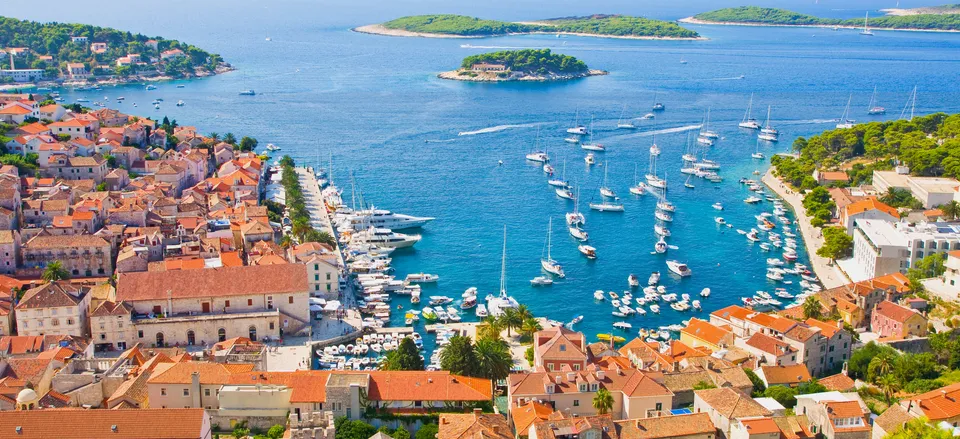
/https://tf-cmsv2-journeys-media.s3.amazonaws.com/filer/e9/63/e9637395-c9df-4e54-bca1-b5516482d1b3/cro_dubrovnik_fort_ist_1083237774.jpg)
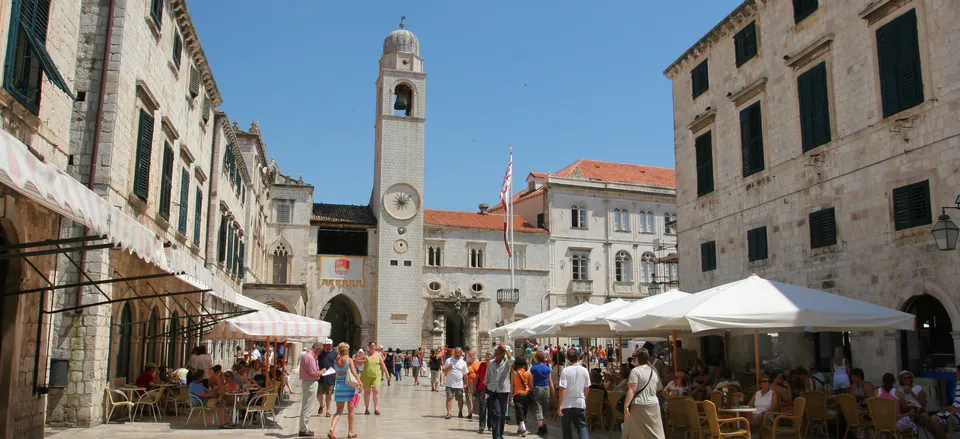
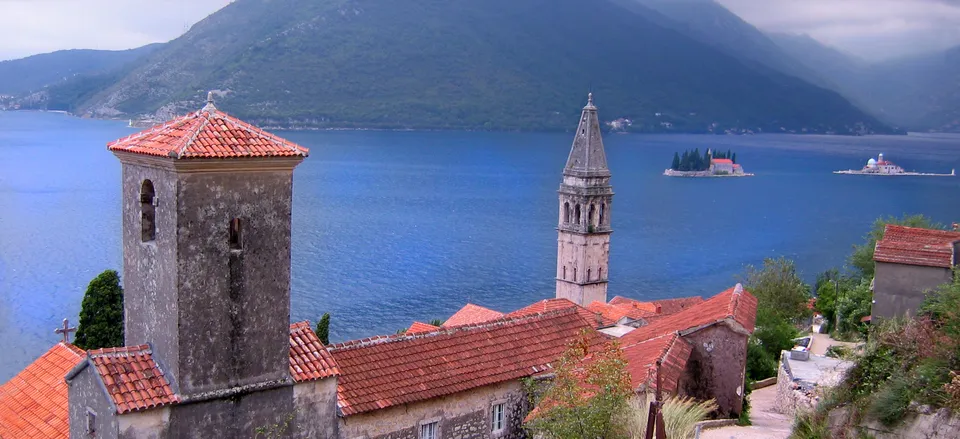
/https://tf-cmsv2-journeys-media.s3.amazonaws.com/filer_public/73/08/730816e0-bdeb-4a5b-b37f-409e77fba78d/bsh_mostar_ist_982413458.jpg)
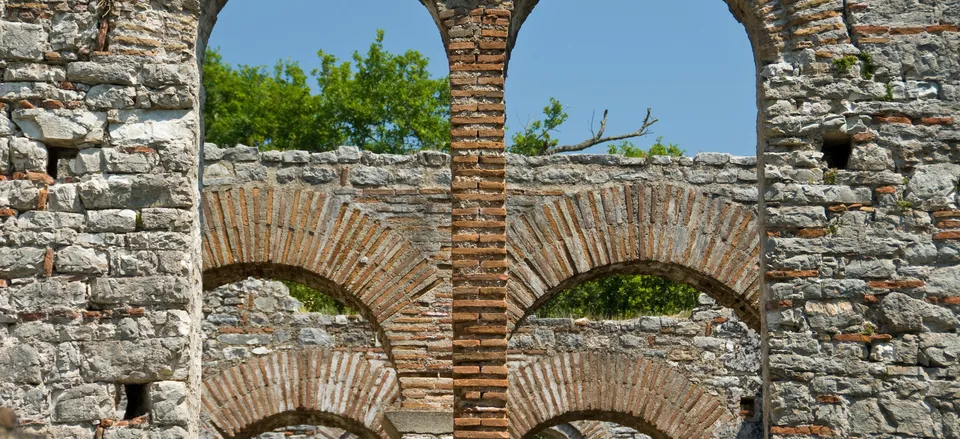
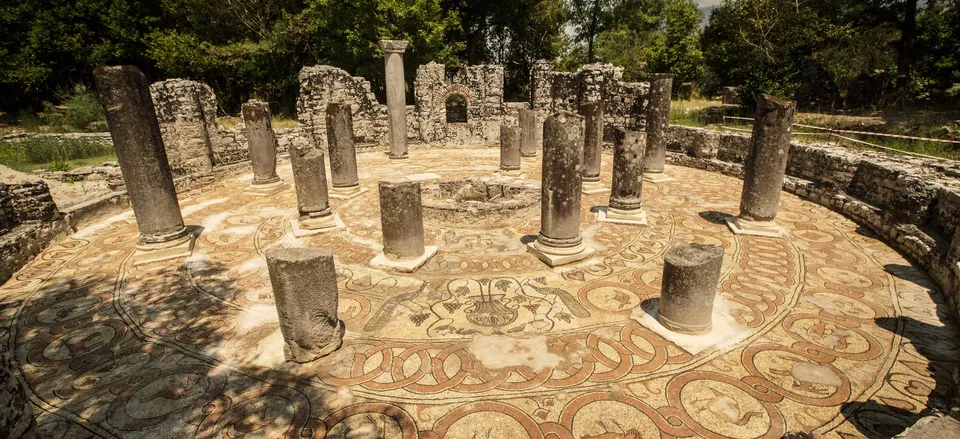
/https://tf-cmsv2-journeys-media.s3.amazonaws.com/filer_public/da/cf/dacf17c7-3daa-40a0-8bc3-c35d20cc7f7e/grc_delphi_temple_ist_1178573097.jpg)
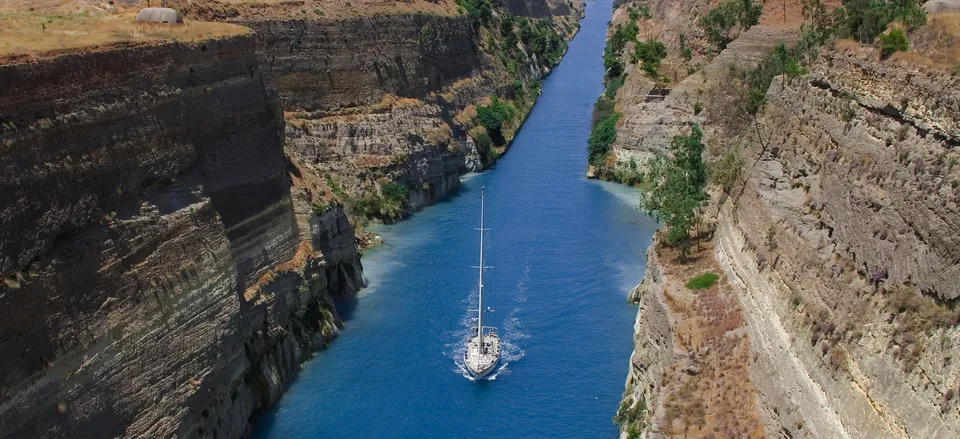
/https://tf-cmsv2-journeys-media.s3.amazonaws.com/filer/50/32/5032fe2f-b8aa-4fb6-aa05-c4c04f4de199/grc_athens_acropolis_ist_000012913004large.jpg)
/https://tf-cmsv2-journeys-media.s3.amazonaws.com/filer/48/56/48569b13-d892-4286-8361-161eb97a3ec5/fra_carcassonne_dt_xl_17921143.jpg)
:focal(1460x1185:1461x1186)/https://tf-cmsv2-journeys-media.s3.amazonaws.com/filer/3d/3a/3d3a183e-9fe4-4b9c-8696-a22515c775ad/grc_mykonos_portarea_dt_l_11246909.jpg)
:focal(1500x1207:1501x1208)/https://tf-cmsv2-journeys-media.s3.amazonaws.com/filer/00/01/000146cc-6fd8-44c9-91e2-8a136073761b/people_dinnerpartydusk_gettyrf_681893921_forweb.jpg)
:focal(1091x646:1092x647)/https://tf-cmsv2-journeys-media.s3.amazonaws.com/filer_public/7c/fa/7cfa287a-7ecc-42ef-a3fd-1e7ac074a37f/trk_ephesus_nike_ist_547167752.jpg)
:focal(1399x759:1400x760)/https://tf-cmsv2-journeys-media.s3.amazonaws.com/filer_public/26/49/26491868-fdc7-47c1-a8d4-6095cd2f852a/ita_sicily_syracuse_cathedral_dt_l_12764607.jpg)
:focal(1472x1200:1473x1201)/https://tf-cmsv2-journeys-media.s3.amazonaws.com/filer/74/3f/743fefa4-d9c0-4db5-938a-2f83080dedfa/slv_lakebled_ist_862273500.jpg)